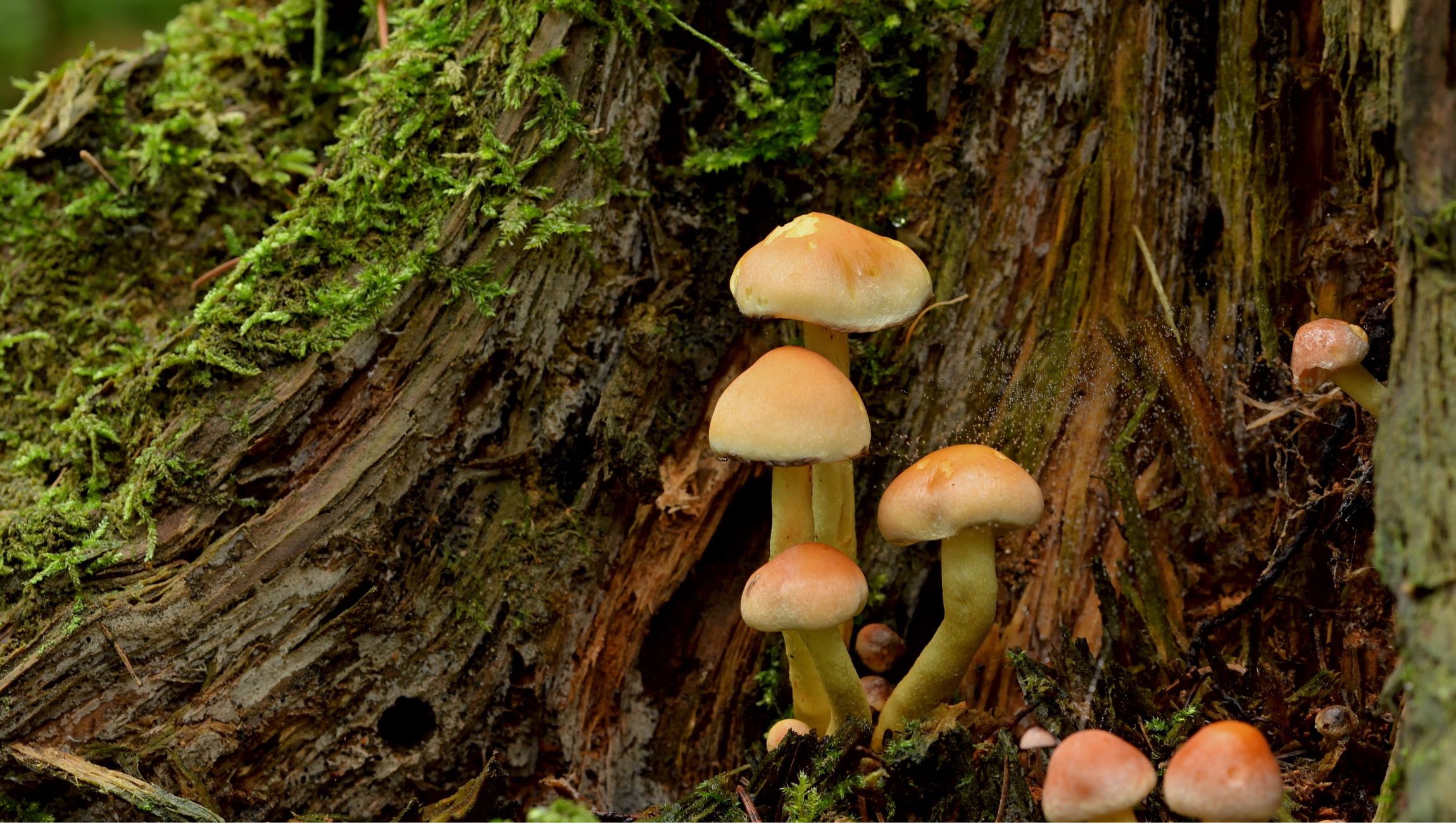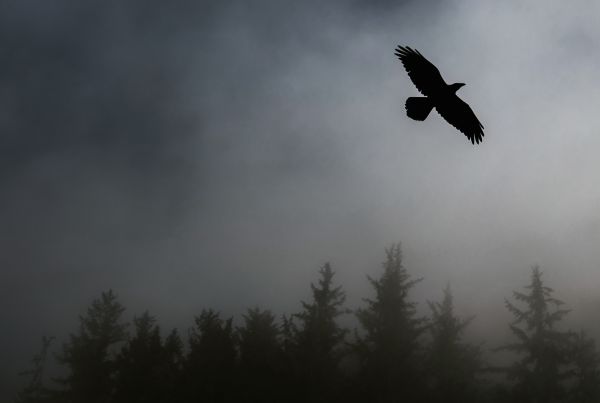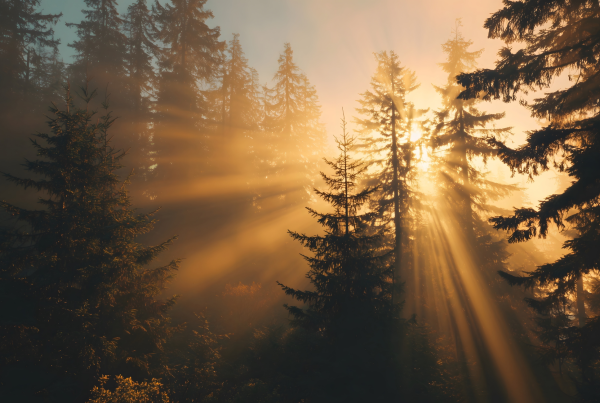With all that is happening in the world, it is easy to feel tired. Tired of reading about billionaires and their extractive companies making policy decisions that decimate the environment. Tired of watching politicians tripping over themselves to open the door for companies that cut down old growth, spill oil in oceans, pollute rivers, and then leave the mess and consequences behind for communities to clean up with barely a slap on the wrist. Tired of a few people who think only of money and power making decisions that impact us all.
And yet, there is always hope — and it lies within our connections to each other. At RAVEN, we believe deeply in a world where our needs are met, where the environment is valued, where Indigenous rights are respected, and where we celebrate the interconnectedness of all things, human and non-human. We believe in a reality where we understand that everything we have and everything we are is made up of all the people, animals, plants, and things that exist with us on this planet. And we know that to move towards that future we have to work together. When we feel lost or hopeless in our pursuit of this goal, we often look to nature to ground and guide us, reminding us that cooperation and connection are modeled to us if we only take a second to pause and look.
Under our feet, a whole world exists that we don’t even notice. Within the soil, among the earthworms, beetles, ants, and roots live our relatives, the fungi. The fleshy, gill-filled caps of fungal bodies you see on the surface, be they chanterelles, milk caps, or porcinis, are only a small glimpse of the whole organism. Below the surface run hundreds of kilometers of mycelium, making up what is known as mycorrhizal networks. These networks are thought to connect individual plants, like trees, together, forming a symbiotic relationship. Who knew that the small mushroom and the tall tree could be best friends, and why wouldn’t they want to when their partnership is so fruitful?
When trees photosynthesize, they convert sunlight, water, and carbon dioxide into oxygen and sugars that help them grow. During this process, they create organic carbon compounds that are used as building blocks for leaves, branches, and flowers. But trees don’t need all the carbon they assimilate, they have an excess, and instead of hoarding it to themselves, they send it down to their roots. There, mycorrhizal fungi are given the carbon as they are unable to photosynthesize on their own. In exchange, the fungi collect phosphorus and other mineral nutrients from the soil which they share with the trees. On top of sharing resources between fungi and plants, mycorrhizal networks connect tree to tree through their mycelium, allowing the trees to share water and nutrients with each other. Older, more established trees with deeper roots, often referred to as “Mother Trees” will support saplings or sick trees with nutrients and water through mycorrhizal networks, always looking out for those who need a little extra help.
Imagine a society where we only take what we need and share the rest with others or leave it where it is. The thing is, we don’t have to imagine this reality because it did and does exist still. Indigenous peoples have lived in reciprocal relationship with the land for thousands of years, taking only what they need and leaving the rest for the generations to come, nourishing the resources they rely on, and taking care of their relations, human and non-human, without destroying the planet. Those relationships have been disrupted by colonialism, capitalism, and the unchecked extraction of resources. Despite having decision-making power strategically taken away from them, Indigenous communities have continued to advocate and care for the land through traditional harvesting practices, disaster response teams like the Heiltsuk Coastal Guardians, habitat evaluation, and Indigenous-led litigation, to name just a few. Indigenous peoples lead the way in environmental protection and sustainable practices, and we all benefit from Indigenous communities making decisions on how to best steward the land. It may not seem like it, but every day we are working toward that future, where Indigenous rights are honoured and respected. Steps towards transformative change happen every day, take Kebaowek’s recent ruling as an example.
At RAVEN, we work to make that transformative change a reality, and our hope for a better future burns brightly and is only intensified by meeting other people who feel as strongly that another way of living is possible. In a time where things often feel hopeless, we are full of hope thanks to the people we meet and talk to every day, like you. For inspiration, we look to the fungi and the trees, connected by mycorrhizal networks that we may not be able to see, but we know are there. Each invisible connection we make builds our own network of support. We can look out for our neighbours, human and non-human, take care of and speak up for the environment, and support Indigenous stewardship and sovereignty. Join RAVEN as we support Indigenous-led litigation, by connecting you with the Nations who rely on our fundraising efforts to support precedent-setting legal cases that disrupt colonial policies and laws. You may not meet every person your efforts touch, but every act of resistance, joy, and hope is felt in this web we call life. We are reimagining the future, one that is happening right now — as we build it together.






